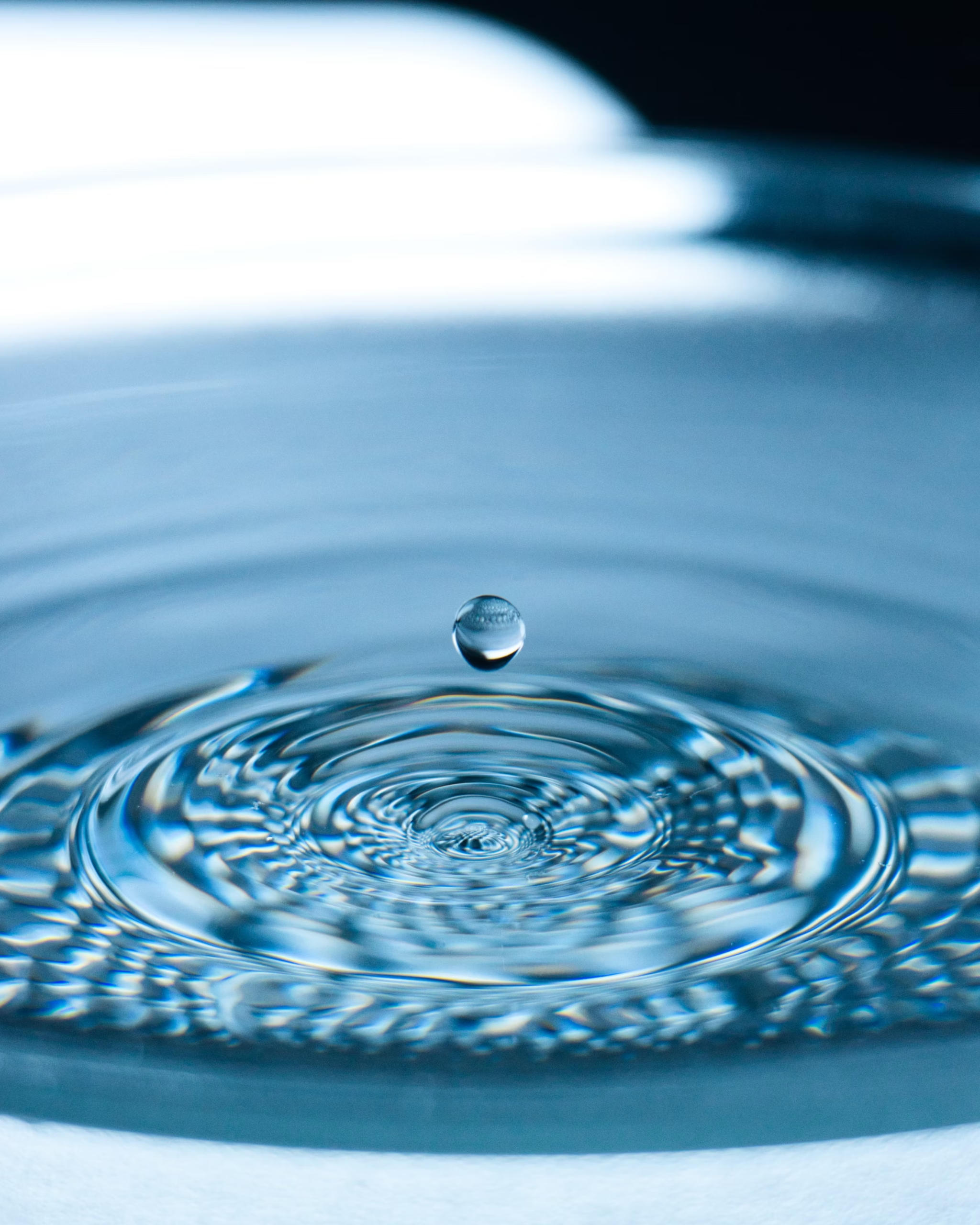
Water is life—it’s the foundation of every cell in our body and plays a crucial role in everything from digestion to detoxification. But not all water is created equal. While we often focus on drinking “clean” water, we sometimes forget that purified water can also be stripped of essential minerals our bodies need. Sources like high-quality reverse osmosis systems, distilled water, Berkey filters, spring water delivery services, and even gravity-fed countertop systems can give you clean water—but often at the cost of removing the natural minerals that keep our bodies truly hydrated. Let’s dive into why clean, fresh water matters, and how you can bring back those vital minerals to truly nourish your body.
Clean water should be free of contaminants like chlorine, heavy metals, pesticides, and microplastics. Most people turn to filtration systems like reverse osmosis (RO) or distillation to achieve this. While effective at removing harmful substances, these methods also remove beneficial minerals like calcium, magnesium, and potassium—leaving you with water that’s pure, but not necessarily hydrating on a cellular level.
Our bodies rely on trace minerals to maintain electrolyte balance, support nerve function, build strong bones, and aid in muscle recovery. Drinking demineralized water long-term can lead to mineral deficiencies and even pull minerals from the body to maintain balance. This is why remineralizing your water is key for total hydration and overall health.
There are several simple and effective ways to add minerals back into your purified water:
These are concentrated solutions of naturally derived minerals, usually from inland sea sources. A few drops per glass or liter of water can restore essential electrolytes and support energy, mood, and hydration.
A pinch of unrefined salt like Himalayan pink salt or Celtic sea salt adds minerals like sodium, magnesium, and potassium. Just a small amount can make a big difference in how your body absorbs and utilizes water.
Some filtration systems now include remineralization cartridges that reintroduce calcium and magnesium after filtration. These can also raise the pH of your water, offering an alkaline boost that many people find beneficial.
Ancient methods still hold wisdom. Some natural jugs use activated charcoal, clay, or coral calcium to purify and remineralize water simultaneously, mimicking how spring water is naturally filtered through the earth.
Clean water is a great start—but mineral-rich water is the finish line. If you’re investing in your health, make sure your water is both free of toxins and full of life-giving minerals. Your body, brain, and cells will thank you for the upgrade.